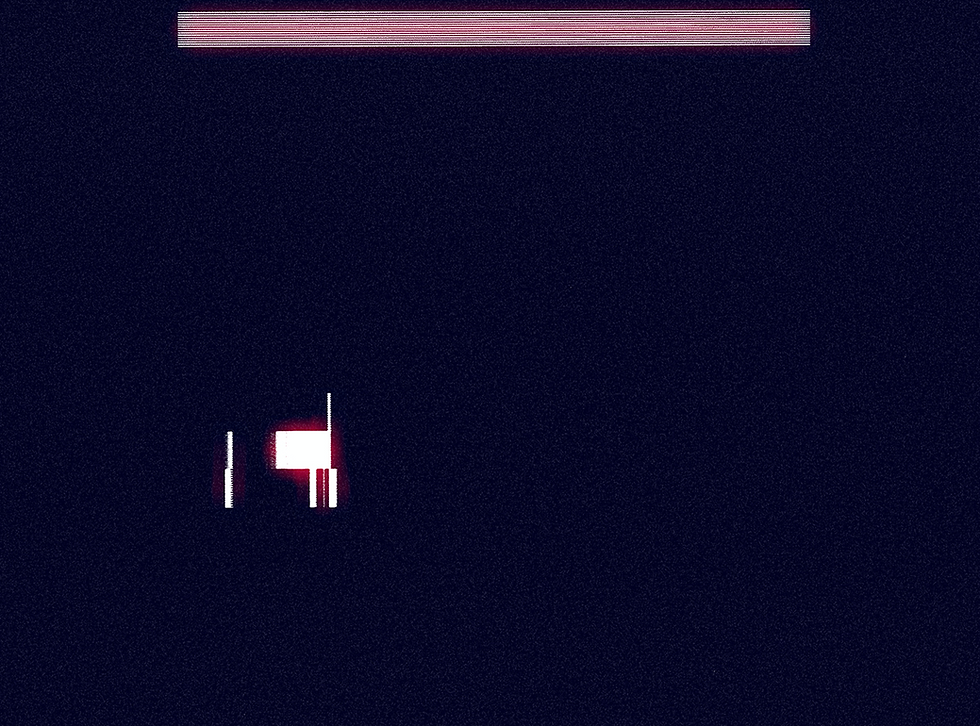Tara Mukund
- Posthuman Art Network

- Dec 15, 2021
- 2 min read
Updated: May 23, 2023
Tara Mukund is a student and visual artist from Delhi, India, now based in Seoul, South Korea. She has engaged in academic research on the philosophy of artificial intelligence, speculative fiction, and existential posthumanism. Her work is forthcoming in the CICA Museum Youth #8 exhibition.
Her multimedia practice is rooted in conceptual constructions, reflecting on questions about the anthropocene, place-creation and geology, and the symbiotic relationship between nature and technology. She views materiality as a means of worldbuilding; her experiments exist in the form of sculpture, animation, 3D modelling and printing, and design. She is particularly focused on the creation of technology-driven abstractions of nature.
Entangled in the Heterotopia is a project exploring the existence of the posthuman within a world of its own: the heterotopia. The heterotopia is a concept coined by philosopher Michel Foucault, describing spaces where worlds exist within worlds, where existence is simultaneously physical and mental, where imagination constructs utopias. The notion of worlds folding into themselves, blurring the line of tangibility, is particularly essential to the envisioning of the posthuman. As such, I find that the heterotopia is a crucible, a seedbed for the posthuman. My project explores human-world entanglement, obligate mutualisms, and sites of techno-ecological memory as set in a posthuman heterotopia. It reconstructs and revisualizes the human, the biosphere, and the technosphere post-entanglement. It thus speculates on multiple avenues of the posthuman, wherein the human is both disentangled from tangibility, and inextricably woven into the world. A three part series, I explore these ideas in various forms. The first is an interactive, speculative art piece using the crater as a canvas for speculation. The crater––physically a revolved hemisphere––functions as a world of its own, almost existing in a vacuum, but existing nevertheless as a world within a world. Here lies a continuum of entanglement, with the state of the human fluctuating from inextricably entangled to entirely disentangled. The second is a sculpture. In form a spherical orb, the artifact connects with the simulacrum of the human in the crater. It is able to shift and change on its own, but is held in place as a spider is by its web. Finally, the third is an installation that envisions a garden of memory, reflecting on the role of technology in the weaving of heterotopias into entanglement. Entangled in the Heterotopia investigates worldbuilding, as represented within and across separate artifacts, as a means of envisioning posthuman entanglement.


Comments